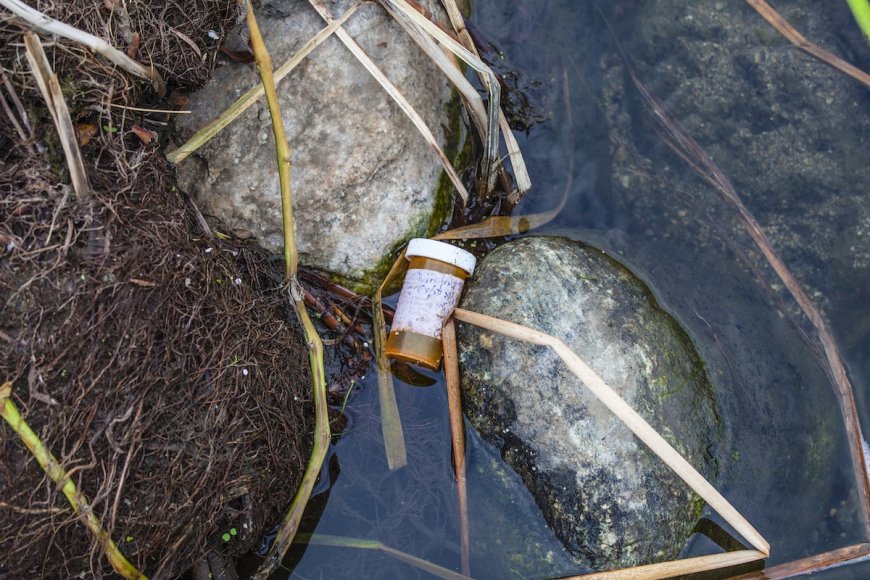Nearly a Third of Antibiotics Used by Humans End Up in River Systems Globally Each Year: Study
A new study has found that roughly 8,500 tons of antibiotics — almost a third of what is consumed by humans each year — ends up in the world’s rivers, even after much have passed through wastewater systems. The researchers warned that river systems globally have been contaminated with levels of antibiotic pollution high enough […] The post Nearly a Third of Antibiotics Used by Humans End Up in River Systems Globally Each Year: Study appeared first on EcoWatch.

A new study has found that roughly 8,500 tons of antibiotics — almost a third of what is consumed by humans each year — ends up in the world’s rivers, even after much have passed through wastewater systems.
The researchers warned that river systems globally have been contaminated with levels of antibiotic pollution high enough to harm aquatic life and promote drug resistance, a press release from McGill University said.
“Studies over the last decade have reported substantial amounts of antibiotics in surface waters, drinking water, groundwater, and sediments. Antibiotics in natural water systems, even at chronic subtherapeutic concentrations, are of concern because they have been shown to reduce microbial diversity, increase the presence of resistance genes, and potentially impact the health of fish and algae,” the authors of the study wrote.
The study, “Antibiotics in the global river system arising from human consumption,” was published in the journal PNAS Nexus.
It is the first study to estimate the extent of antibiotics contamination in rivers worldwide.
“While the amounts of residues from individual antibiotics translate into only very small concentrations in most rivers, which makes them very difficult to detect, the chronic and cumulative environmental exposure to these substances can still pose a risk to human health and aquatic ecosystems,” said lead author of the study Heloisa Ehalt Macedo, a McGill University postdoctoral fellow in geography, in the press release.
In the study, the research team used field data from almost 900 river locations to validate a global model. They discovered that the most widely-used antibiotic in the world — amoxicillin — is most likely to be found at dangerous levels where rising use coupled with limited wastewater treatment increase the problem, particularly in Southeast Asia.
“This study is not intended to warn about the use of antibiotics – we need antibiotics for global health treatments – but our results indicate that there may be unintended effects on aquatic environments and antibiotic resistance, which calls for mitigation and management strategies to avoid or reduce their implications,” said co-author of the study Bernhard Lehner, a global hydrology professor at McGill, in the press release.
The study did not take antibiotics from pharmaceutical factories or livestock into consideration, though both contribute significantly to environmental contamination, which makes the findings of the study even more notable.
“Our results show that antibiotic pollution in rivers arising from human consumption alone is a critical issue, which would likely be exacerbated by veterinarian or industry sources of related compounds,” said Jim Nicell, co-author of the study and a professor of environmental engineering at McGill University, in the press release. “Monitoring programs to detect antibiotic or other chemical contamination of waterways are therefore needed, especially in areas that our model predicts to be at risk.”
The post Nearly a Third of Antibiotics Used by Humans End Up in River Systems Globally Each Year: Study appeared first on EcoWatch.




















































